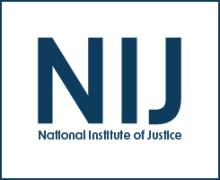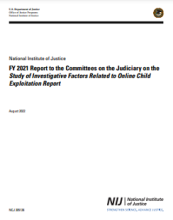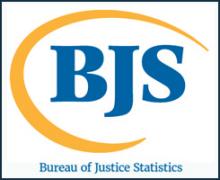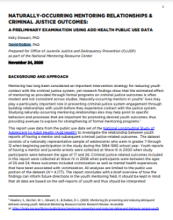Reports
Baltimore City Drug Treatment Court: 3-Year Self-Report Outcome Study
Procedural justice, neighbourhood context, and domestic violence reporting intention among subgroups of immigrants
A Low Cost All-Band All-Mode Radio for Public Safety: Phase I Technical Report
A Low Cost All-Band All-Mode Radio for Public Safety: Phase I Technical Report
Exposing School Employee Sexual Abuse and Misconduct: Shedding Light on a Sensitive Issue
FY 2021 Report to the Committees on the Judiciary on the Study of Investigative Factors Related to Online Child Exploitation Report
Facility Characteristics of Sexual Victimization of Youth in Juvenile Facilities, 2018 - Statistical Tables
Facility Characteristics of Sexual Victimization of Youth in Juvenile Facilities, 2018 - Statistical Tables
The Role of Bullying-related Policies: Understanding How School Staff Respond to Bullying Situations
The Role of Bullying-related Policies: Understanding How School Staff Respond to Bullying Situations
Naturally Occurring Mentoring Relationships and Criminal Justice Outcomes: A Preliminary Examination Using ADD Health Public Use Data
Tribal Crime, Justice, and Safety, Part 1
Research indicates that Native American persons experience crime victimization at higher rates than non-Native people. Furthermore, the unique position of American Indian and Alaska Native tribes as both sovereign nations and domestic dependents of the U.S. creates jurisdictional complexities in responding to crime, justice, and safety. Senior social and behavioral scientist Christine (Tina) Crossland discusses NIJ’s research on these topics, especially on the prevention of violence towards American Indians and Alaska Natives. Communications Assistant Stacy Lee Reynolds hosts.








